Ресторан "Прага" является объектом культурного наследия регионального значения. Массивный угловой дом был построен в конце XVIII века. Долгое время квартиры в нём сдавались в аренду, а во второй половине XIX столетия здесь открылся недорогой трактир. Питейные заведения и гостиницы в то время нередко носили имена старинных европейских городов, - Вены, Парижа, Лейпцига. Дабы не отставать от моды, предпринимательница и меценат Вера Ивановна Фирсанова, владевшая доходным домом на Арбате, решила дать своему трактиру чуть менее претенциозное название: "Прага". В кабаке обычно собирались местные извозчики с Арбатской площади, которые между собой в шутку называли "Прагу" "Брагой".
В 1896 году новым владельцем арбатского дома стал купец Петр Семёнович Тарарыкин, живший неподалеку. Говорят, он выиграл "Прагу" в бильярд. Так это или нет, Тарарыкину удалось превратить банальный трактир в изысканный ресторан, рассчитанный на состоятельную светскую публику. Реконструкцию дома в 1902 году провёл один из главных представителей московского модерна – Лев Николаевич Кекушев. Благодаря ему, "Прага" обзавелась шестью великолепными залами, 18 отдельными кабинетами, четырьмя бильярдными, двумя буфетами и даже собственным зимним садом. Здесь встречались за трапезой преподаватели соседней Консерватории, устраивались званые обеды и грандиозные банкеты, на которых собирался весь цвет московской интеллигенции. Здесь бывали «последние из могикан» - А.П. Чехов, А.А. Блок, Ф. И. Шаляпин, В.А. Гиляровский. Мало кто мог устоять перед специалитетом «Праги»: «Расстегаи пополам» (из стерляди и осетрины) были визитной карточкой ресторана.
В 1913 году выдающийся портретист Илья Репин устроил в "Праге" праздничный банкет в честь успешной реставрации своего полотна «Иван Грозный и сын его Иван». Картина, выставленная в Третьяковской галерее, была изуродована старообрядцем-иконописцем Балашовым, который ворвался в музей с криками «Довольно крови!», оставив на холсте три «ножевых ранения».
В 1914 году, незадолго до начала Первой мировой войны, «Прага» вновь преобразилась. Здание было реконструировано по проекту еще одного мастера модерна - Адольфа Эрихсона. На смену общему залу пришли отдельные «кабинеты», благодаря чему можно было в одном пространстве кормить посетителей разных классов и сословий. Появились большие красивые зеркала, колоннада на крыше и благоухающий летний сад. Даже посуда в ресторане стала «авторской»: на тарелках золотыми буквами было выведено: «Привет от Тарарыкина».
В «Праге» регулярно проходили заседания Императорского Общества истории и древностей Российских под председательством одного из самых выдающихся русских историков, Василия Осиповича Ключевского.
После Октябрьской революции ресторан национализировали и закрыли, а имущество распродали. В здании одно время функционировали Высшие драматические курсы, которые позже сменил книжный магазин. Гастрономический «лёд» тронулся лишь в 1924 году, когда в "Праге", наконец, открылась столовая Моссельпрома (столовая МОСПО).
Знаменитый поэт Маяковский автор собственноручно писал для советского треста рекламные слоганы:
"Здоровье и радость — высшие блага —
В столовой "Моссельпрома" (бывшая "Прага")".
Именно в эту арбатскую столовую Киса Воробьянинов, герой романа Ильфа и Петрова «Двенадцать стульев», привел на свидание студентку Лизу, вмиг просадив все деньги, отложенные на покупку злополучных стульев. После того как Моссельпром упразднили, общедоступную столовую в середине 1930-х годов сменила закрытая, ведомственная столовая, принимавшая лишь сотрудников НКВД. Помимо столовой, в доме работали кинотеатр и обувной магазин.
После очередной реконструкции «Прага» открылась для столичных гурманов в 1955 году. Теперь в меню отчетливо прослеживался чешский "след". Среди прочего, предлагалось отведать "суп по-чешски" и фирменный салат "Прага". «Прага» стала одним из ключевых мест официальных дипломатических приёмов. Повара ресторана готовили в том числе для сотрудников Кремлевского дворца съездов и близлежащих посольств. Одним из неоспоримых кулинарных хитов «Праги» – едва ли не главным ее символом – для нескольких поколений москвичей стал нежный шоколадный торт, получивший одноименное название.
В 2018 году исторический ресторан на Арбате закрыли на реконструкцию, предполагающую увеличение общих площадей здания. Также запланирована реставрация фасадов и интерьеров.

В 1893 году Савва Морозов, знаменитый купец и промышленник, решил купить старую усадьбу Аксаковых на Спиридоновке и построить для своей любимой жены Зинаиды особняк. Молодой архитектор Фёдор Шехтель создал здесь настоящий средневековый замок, сделавший его знаменитым и модным архитектором, к которому выстроилась очередь из богатых заказчиков.
Технологии дополненной реальности в приложении «Узнай Москву» позволят вам узнать историю создания особняка непосредственно от цифрового двойника Саввы Тимофеевича Морозова. Вам надо всего лишь открыть карточку объекта в приложении, нажать кнопку “Дополненная реальность” и погрузиться в изучение истории знаменитого особняка.

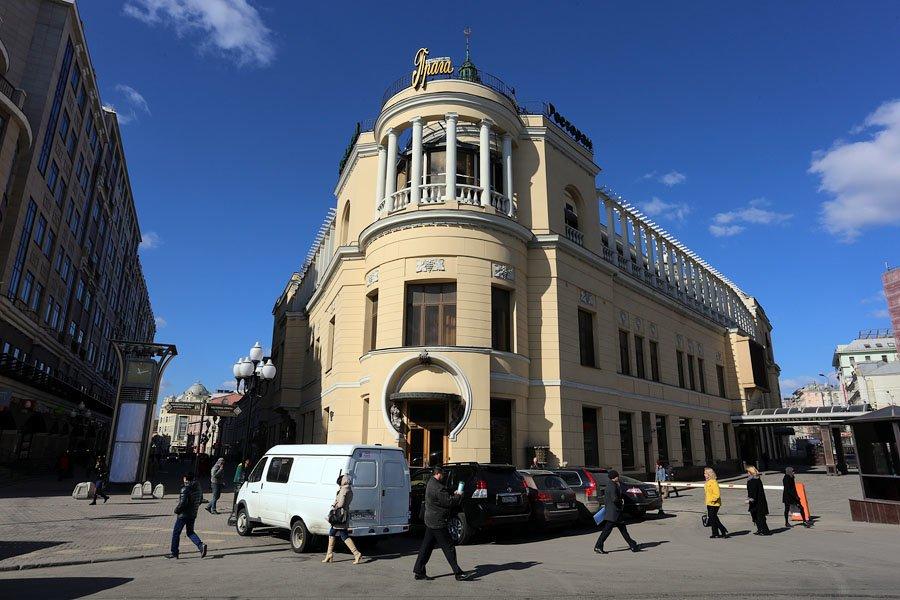
.jpg&w=1920&q=75)
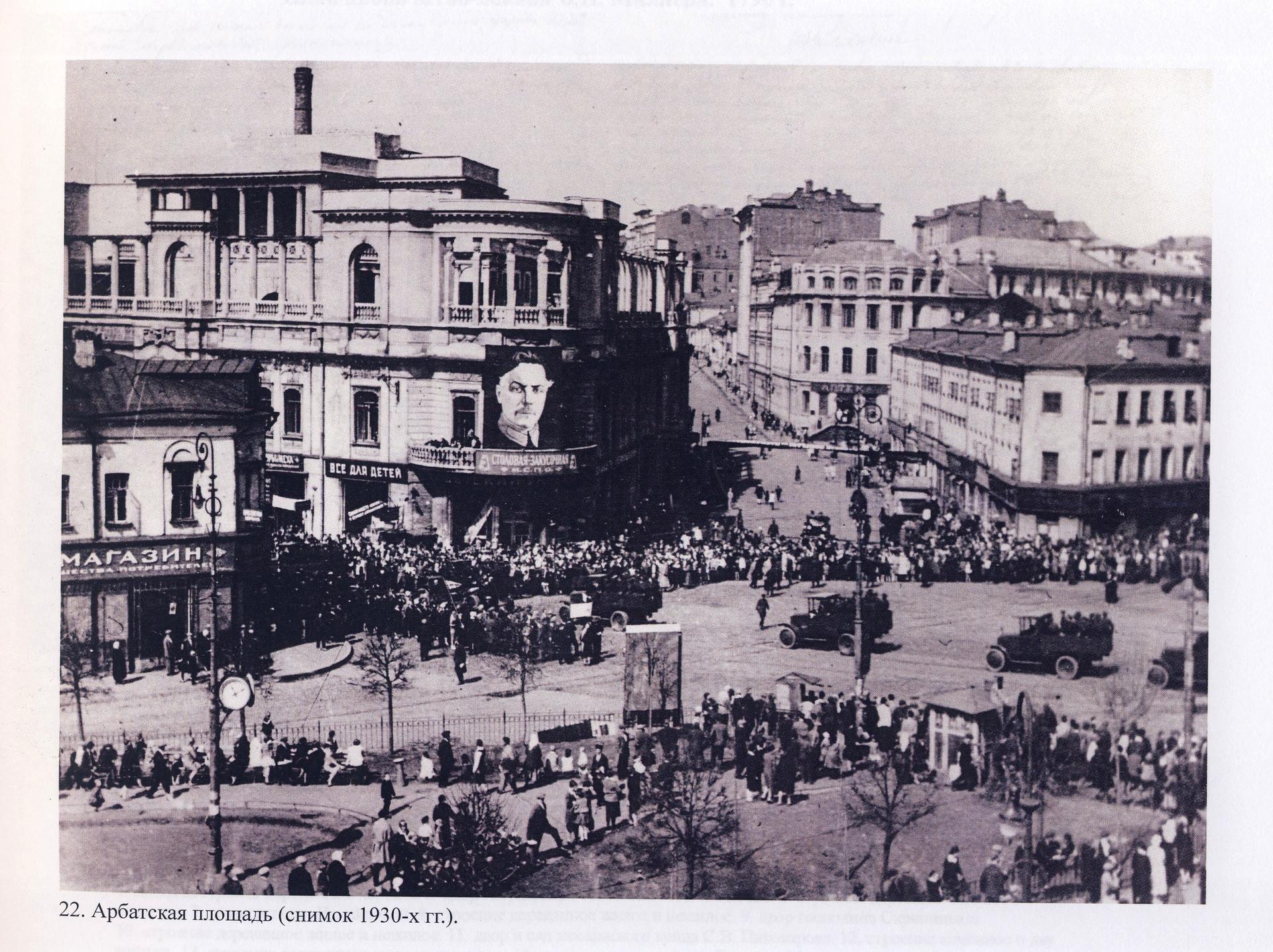
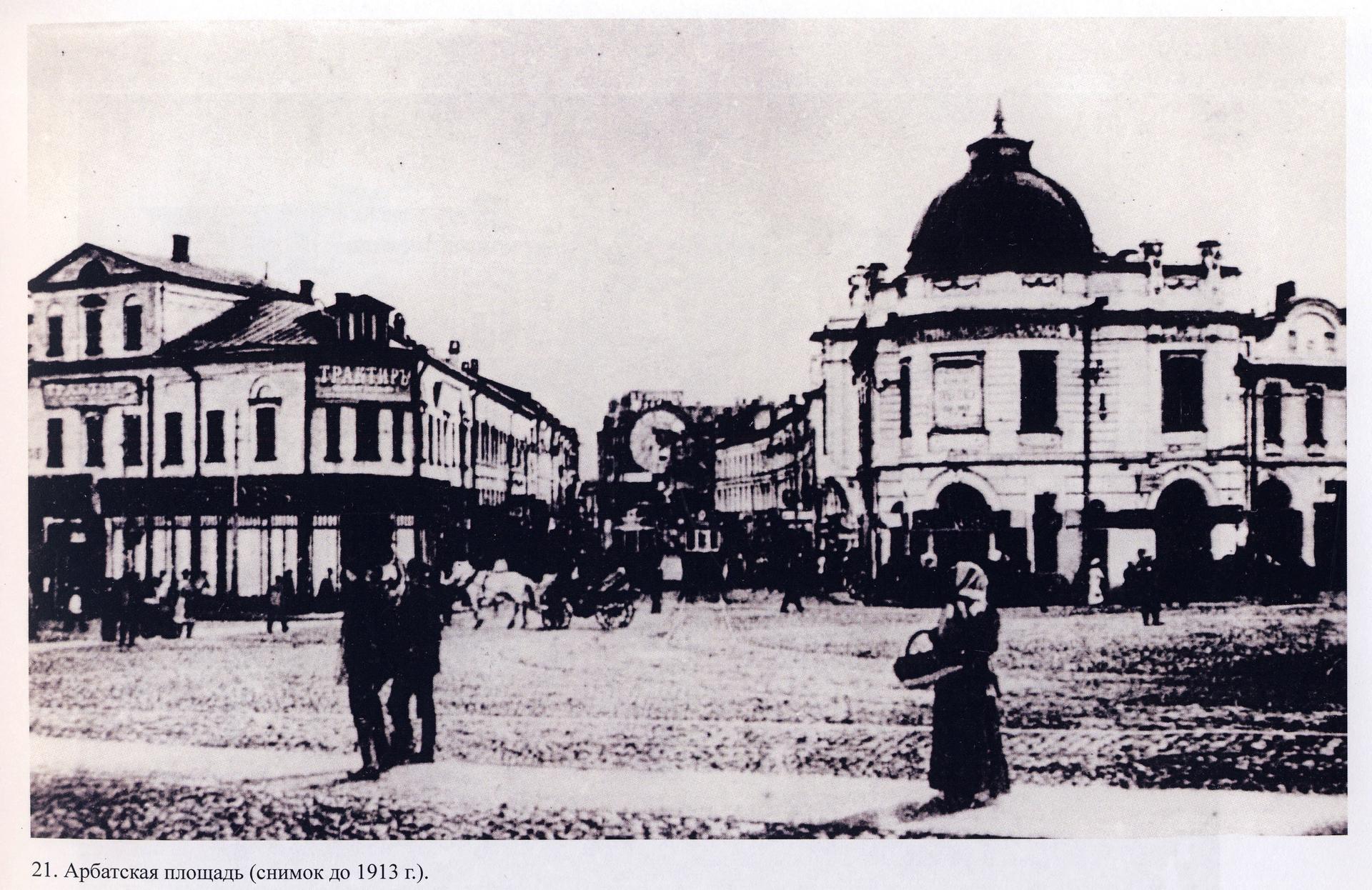

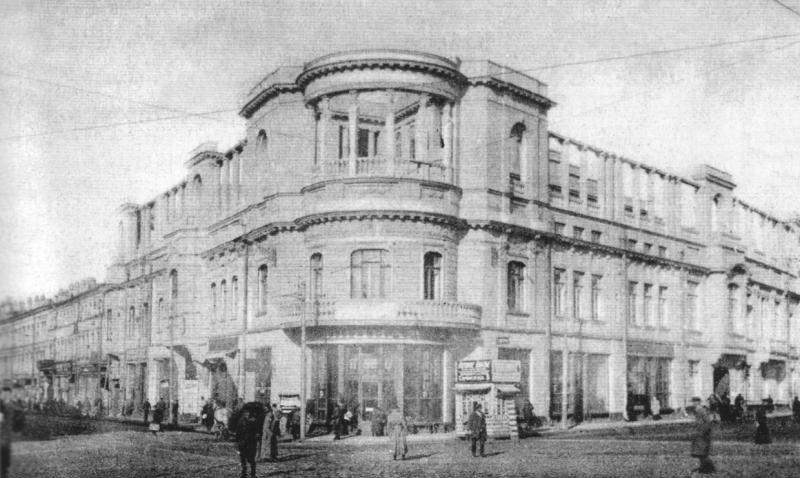
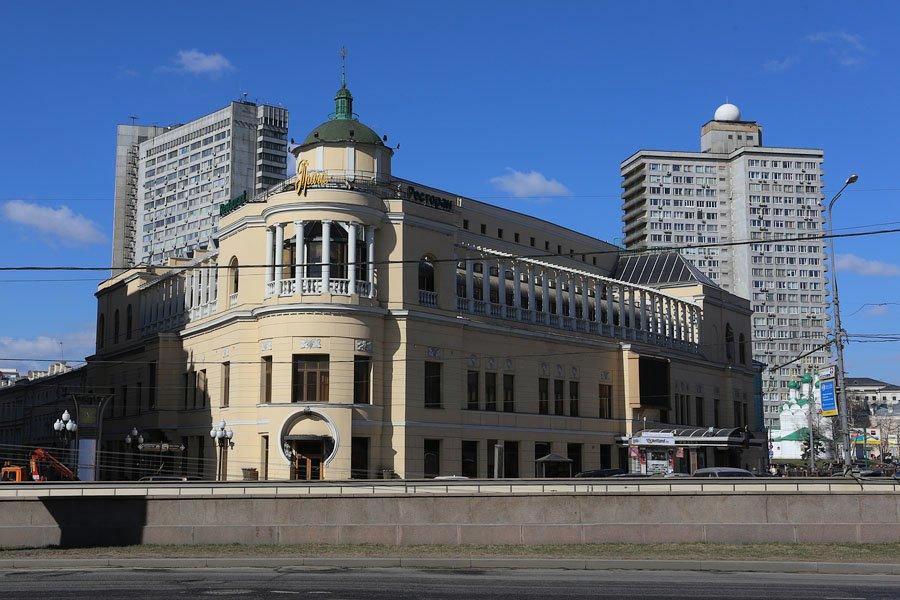

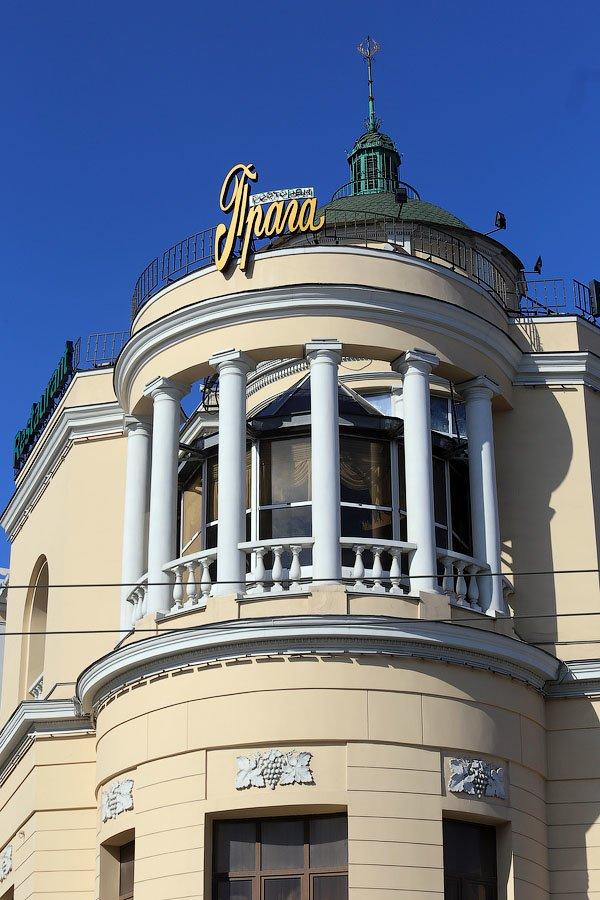



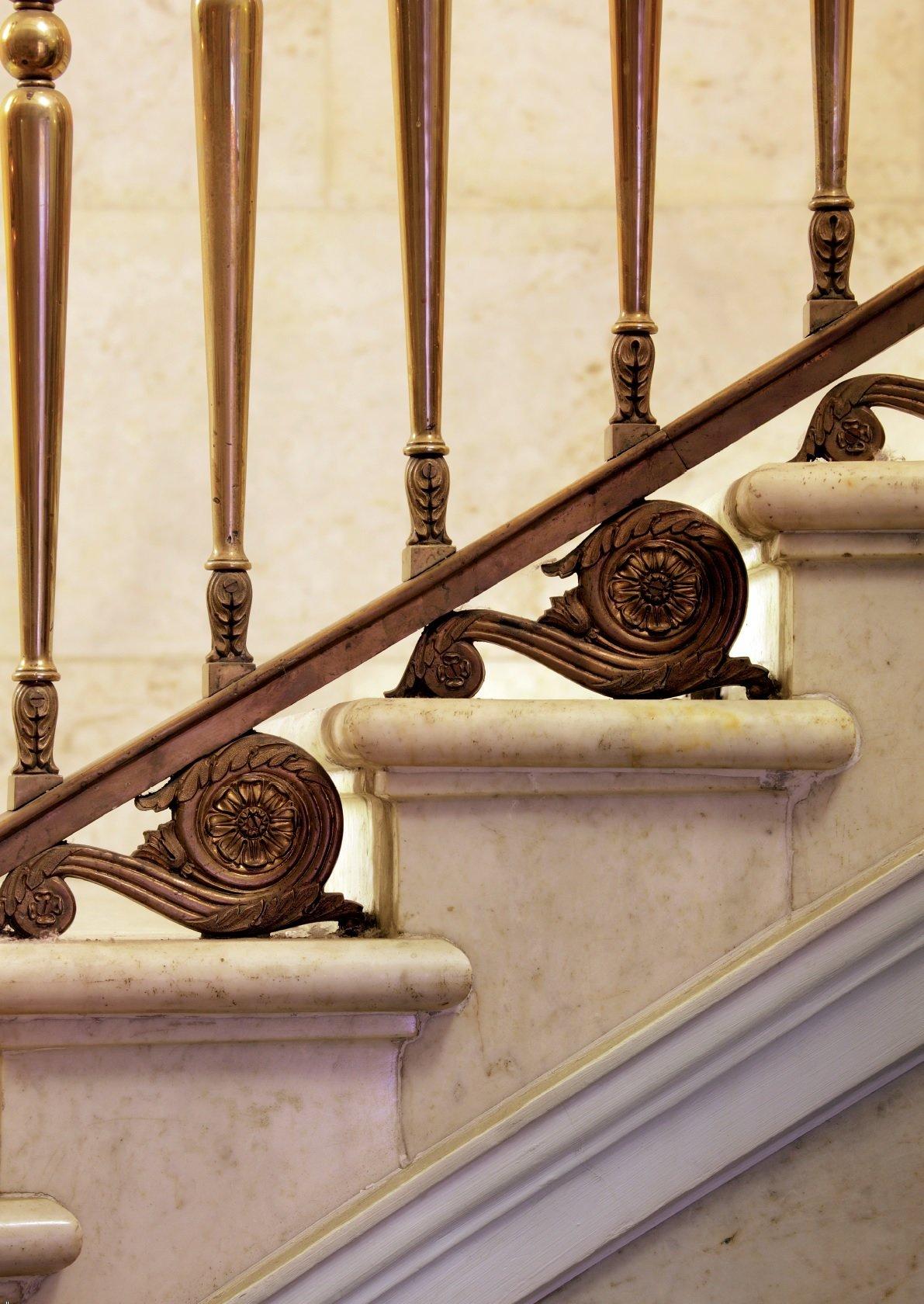

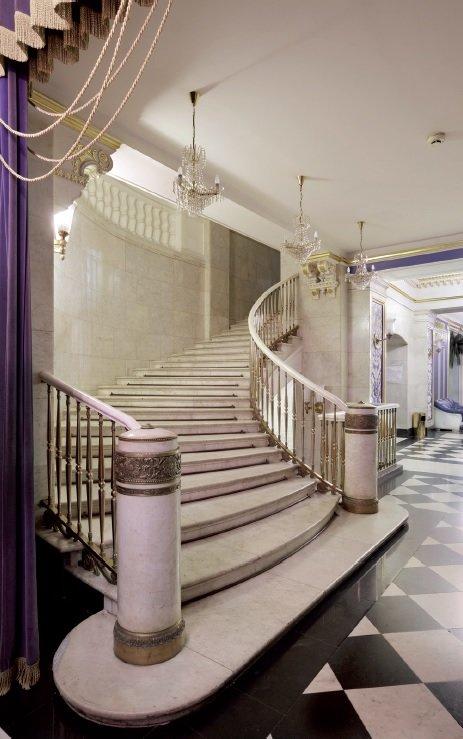
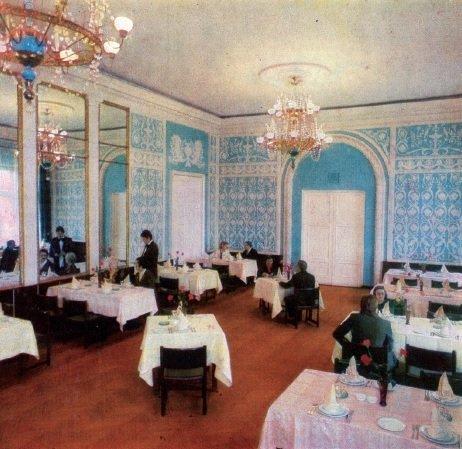
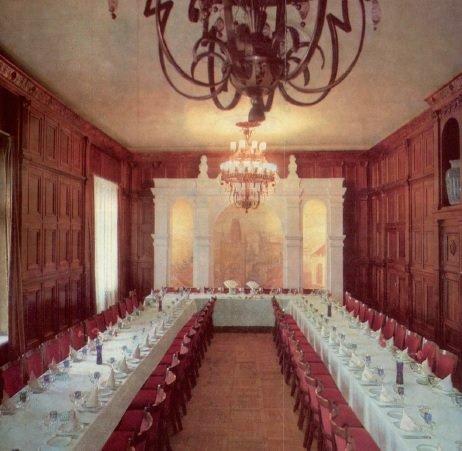

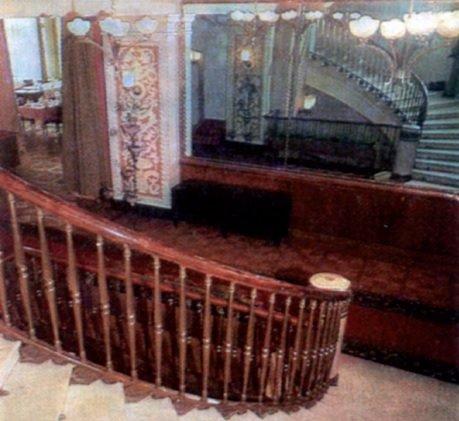
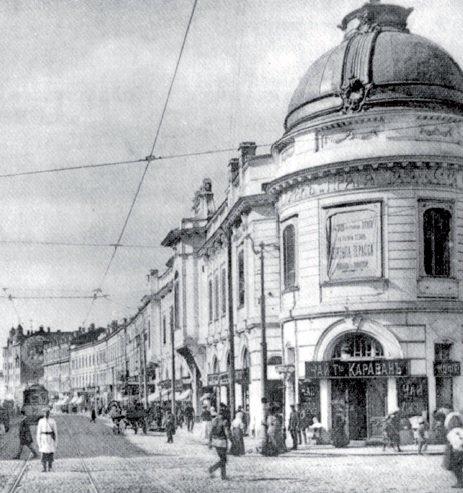

%20BEL_0521.jpg&w=1920&q=75)











